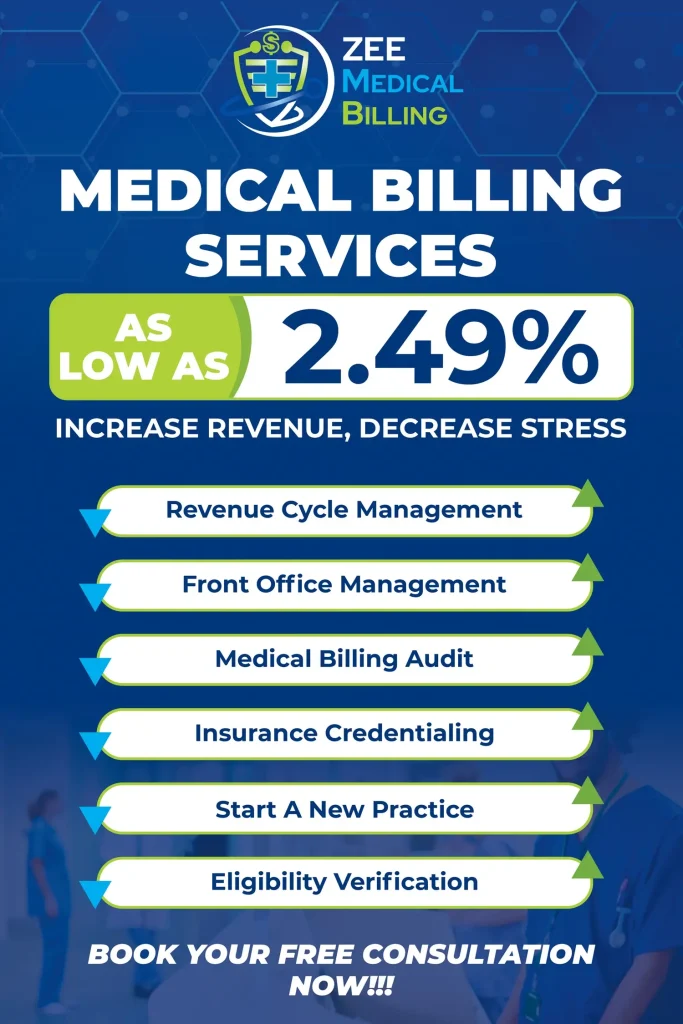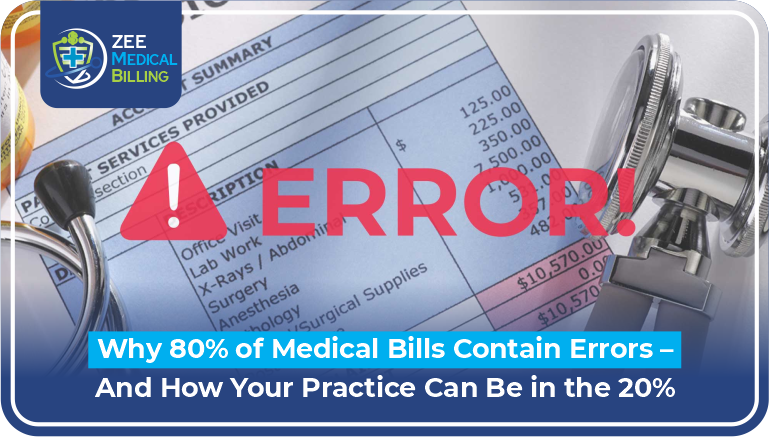Robotic Process Automation (RPA) is reforming enterprises by automating repetitive, rule-based tasks. In the medical services area, RPA has become a vital device for streamlining revenue cycle management (RCM), a basic interaction that envelops the monetary parts of patient consideration—from appointment booking to definite installment assortment. By using Robotic Process Automation, medical care associations can upgrade productivity, reduce errors, and work on financial results. This article investigates how RPA is reshaping RCM and its expected advantages.
What Is Robotic Process Automation?
RPA is an innovation that uses software bots to imitate human activities inside digital frameworks. These bots can perform tasks, for example, data entry, claim processing, and record compromise with speed and accuracy. Unlike traditional automation, RPA doesn’t need broad system coordination, making it an adaptable and cost-effective arrangement.
Our Services: Best Acupuncture Billing Services
Key Applications of RPA in Revenue Cycle Management
1. Patient Registration and Scheduling
RPA bots can mechanize the most common way of checking patient data, like insurance coverage and eligibility. By diminishing the manual information section, RPA limits errors and guarantees that patients’ records are precise all along. Bots can also schedule appointments and send updates, working on patient engagement and decreasing no-show rates.
2. Claims Management
RPA smoothes out the claim’s submission and handling work processes via automatically validating case data, checking for compliance with payer prerequisites, and submitting claims to insurers. This decreases the time spent on claim preparation and improves the probability of first-time approval. Moreover, bots can track claim statuses with flagged denials for additional consideration.
3. Payment Posting and Reconciliation
Automating installment posting guarantees that approaching installments are precisely assigned to the right records. RPA can reconcile payments with exceptional invoices, distinguish disparities, and produce reports. This decreases the administrative burden and speeds up the income cycle.
4. Denial Management
RPA can break down denied cases to distinguish patterns and main drivers, empowering medical services suppliers to proactively address issues. Bots can automate the resubmission of revised claims, decreasing the manual effort included and further developing income.
5. Financial Reporting and Analytics
RPA upgrades financial transparency by automating the generation of reports and dashboards. These insights assist associations with checking key performance indicators (KPIs, for example, days in records of sales and net collection rates), empowering data-driven direction.
Our Services: Best Hospitalist Billing Services
Advantages of RPA in Revenue Cycle Management
- Further developed effectiveness: Via automating repetitive tasks, RPA diminishes handling times and allows staff to focus on higher-valued exercises, like patient consideration and vital preparation.
- Cost investment funds: Automating work-concentrated processes brings down regulatory expenses and lessens the requirement for manual intercession.
- Exactness and Compliance: Bots perform tasks with accuracy, limiting mistakes and guaranteeing consistency with regulatory standards.
- Scalability: RPA arrangements can be scaled to deal with expanded workloads during peak periods without extra staffing.
- Upgraded Patient Experience: Quicker guarantee handling and exact charging work on tolerant fulfillment and confidence in the medical care supplier.
Challenges and Considerations
While RPA offers various benefits, successful implementation requires cautious preparation and continuous administration. Associations should guarantee that bots are designed accurately and that work processes are optimized for automation. Information security and consistency are basic, as RCM includes taking care of delicate patient data. Also, change management procedures are crucial for gaining staff purchase and maximizing the advantages of RPA.
Conclusion
Robotic Process Automation is changing revenue cycle management by automating labor-intensive processes and conveying measurable upgrades in efficiency, exactness, and financial performance. As healthcare organizations face expanding financial tensions, taking on RPA can be an essential move to upgrade income cycles and improve overall operational effectiveness. By putting resources into this innovative technology, suppliers can focus on their center mission: conveying high-quality patient consideration.









